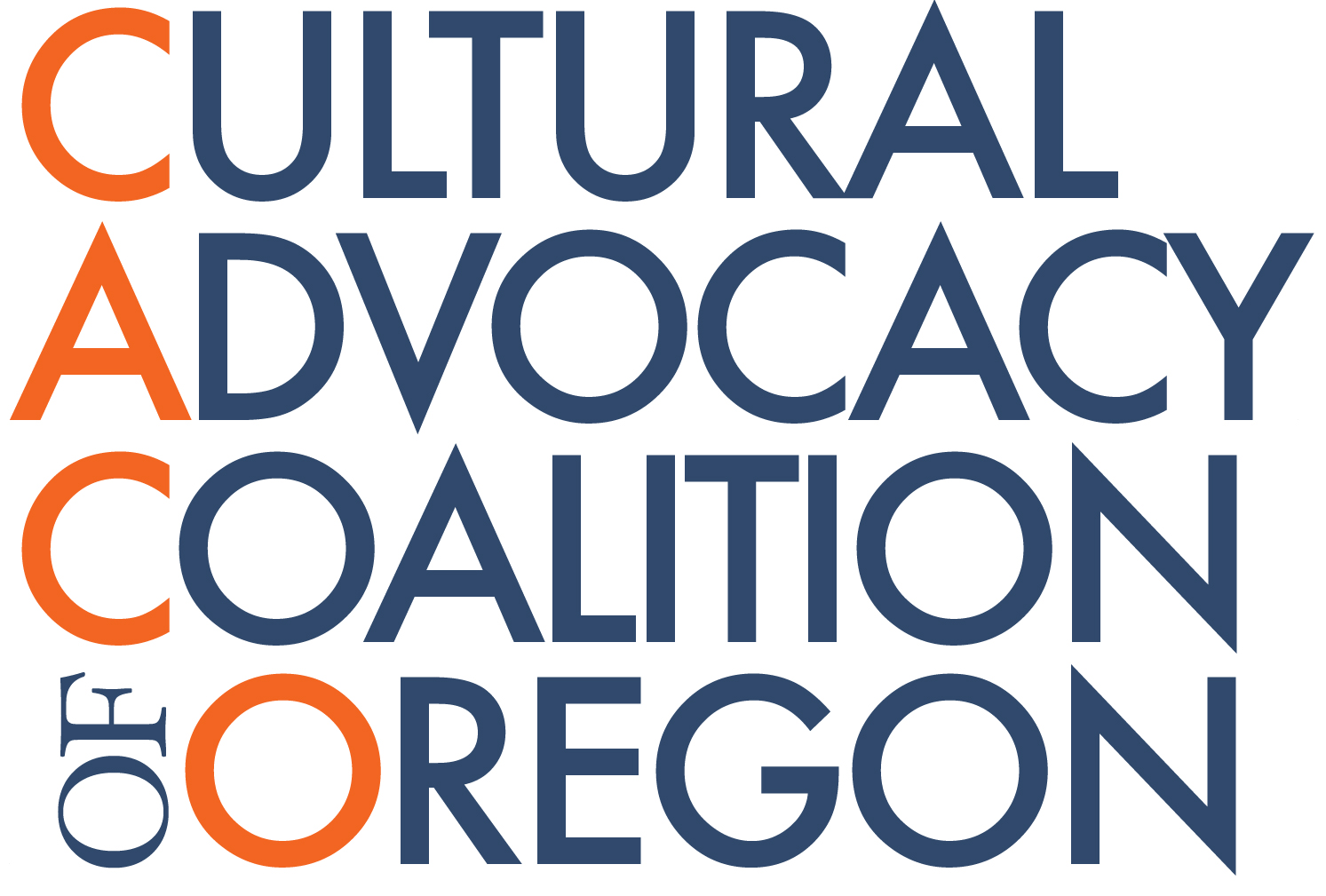This article is the fourth in our series on the 14 capital projects that failed to get funded by the Oregon Legislature in 2023. Only two were funded at $4 million, both in the Portland area. The 14 smaller projects total $7.8 million and are spread throughout the state, mostly in rural areas.
Did you know?
- The first professional motion picture with a plot filmed in Oregon was “The Fisherman’s Bride,” filmed in Astoria in 1909.
- “Animal House” was filmed at the University of Oregon, because the University of Oregon president felt regret over preventing “The Graduate” (1967) from being filmed there.
- Oregon has become a force in stop-motion animation over the past 40 years. From Will Vinton and his Dancing Raisins, to Laika (Coraline, ParaNorman, and more) and ShadowMachine (Academy Award winning Guillermo del Toro’s Pinocchio), Oregonians have been producing the best stop-motion animation on the planet.
The Oregon Film Museum in Astoria chronicles the vibrant history of film and television production in Oregon. With more than 500 major productions filmed in Oregon’s diverse landscapes, the state has become a canvas for storytellers to bring their visions to life. From iconic classics like “Stand By Me” to modern hits like “Portlandia” and “Grimm,” Oregon’s contributions to the world of cinema are undeniable.
Astoria and Clatsop County have hosted an impressive array of films, including “The Goonies,” “Kindergarten Cop,” and “Free Willy.” These productions have left an indelible mark on the local community and have become cherished cultural landmarks.
Currently housed in the historic Clatsop County Jail, the Oregon Film Museum offers visitors a unique opportunity to step into the world of filmmaking. The museum’s setting, which served as an actual working set for films like “The Goonies” and “Come See the Paradise,” provides a captivating backdrop for exploring the magic of cinema. Guests can even try their hand at filmmaking using the museum’s sets and green screens.
In 2022, the Oregon Film Museum saw record-breaking attendance, welcoming 45,501 visitors—an astounding 20% increase from the previous year. Visitors from all 50 states and over 20 nations flocked to the museum, underscoring its universal appeal. Additionally, the Clatsop County Historical Society, which oversees the museum, educated more than 85,000 visitors across its 4 museums, reflecting a 14% increase over 2021.
The demand for Oregon film history exceeds the museum’s capacity. To fully realize its educational mission and accommodate growing interest, the museum has acquired a new property, strategically located near the existing facility. They plan to construct a 13,000-square-foot, state-of-the-art museum, offering an immersive experience that delves deeper into Oregon’s cinematic legacy. They were hoping to receive $1 million from the Oregon Legislature as a CREF nominee.
Committed to nurturing the next generation of storytellers, the museum offers free admission to schoolchildren in Clatsop County, ensuring that youth can explore the world of filmmaking. Through hands-on experiences and interactions with industry professionals, the museum aims to inspire future filmmakers, writers, and artists. But they are bursting at the seams.
“We get every single fourth grader in Astoria through the museum, but we have to break those school groups into small groups because the building is too small,” says Mac Burns, executive director of the Clatsop County Historical Society. “That defeats a lot of the potential educational experiences in this facility. With our new building we look forward to having an open classroom space. We’ll invite artists in residence who have worked in the industry to spend a week on the coast and interact with our kids. It might be someone who does special effects makeup, a cinematographer, or a set designer.”
The new facility will not only celebrate the state’s cinematic heritage but also serve as a hub for diverse forms of media, including film, television, commercials, and potentially gaming. The museum aims to demystify the creative process and inspire a broader audience.
As the Oregon Film Museum embarks on this ambitious expansion, it seeks to open doors for future generations of filmmakers and storytellers. By showcasing the rich tapestry of Oregon’s film history and its broader contributions to media production, the museum continues to be a beacon of inspiration for artists, educators, and film enthusiasts worldwide. The new facility promises to amplify this mission, inviting visitors to embark on an immersive journey through the captivating world of storytelling.



